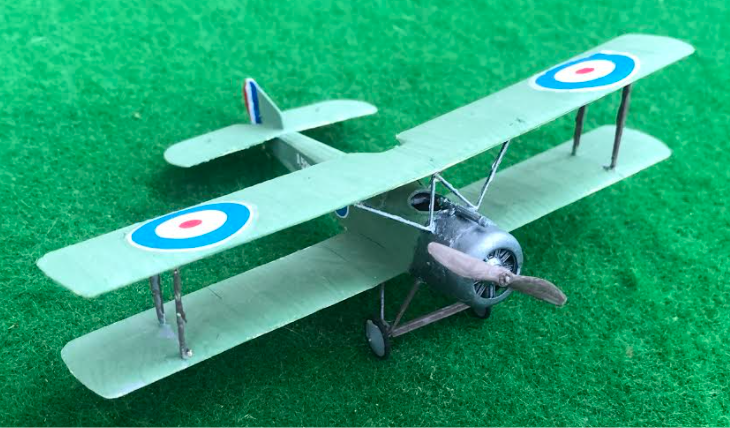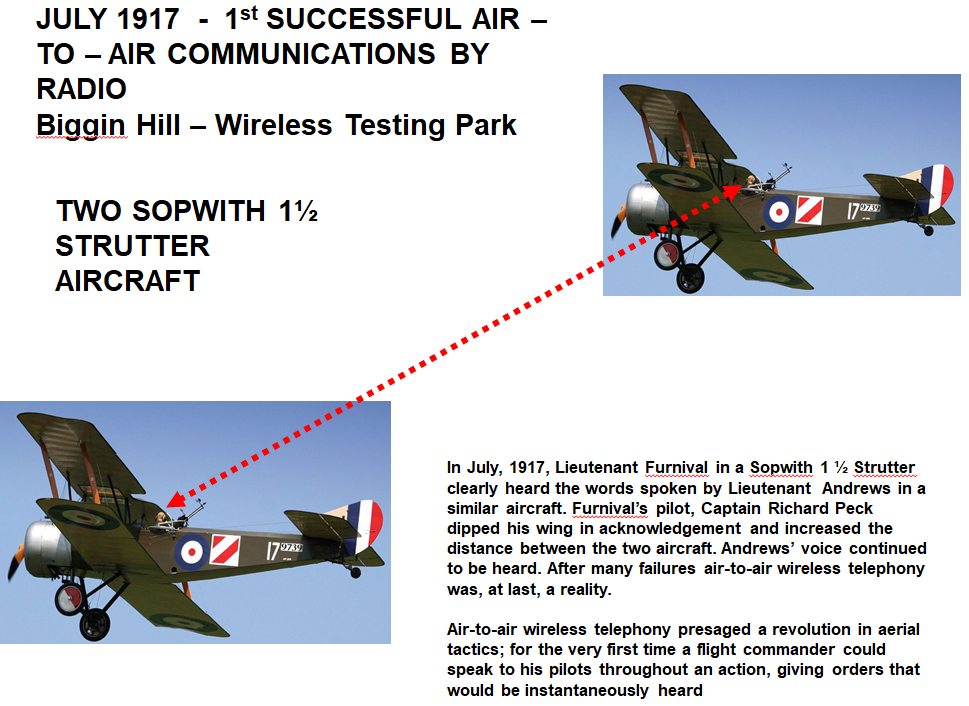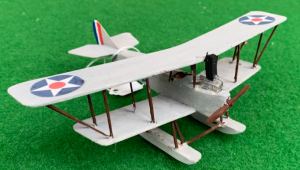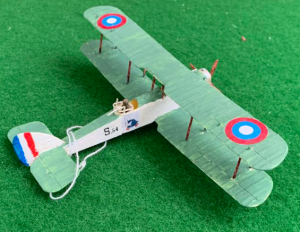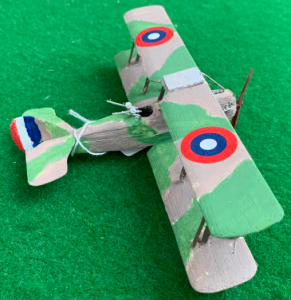SOPWITH 1 1⁄2 STRUTTER
The Sopwith 1 1⁄2 Strutter was a British single- or two-seat multi-role biplane aircraft of the First World War. It was significant as the first British two-seat tractor fighter and the first British aircraft to enter service with a synchronised machine gun. It was given the name 1 1⁄2 Strutter because of the long and short cabane struts that supported the top wing.
Like other early Sopwith types, the 1 1⁄2 Strutter was very lightly built and its structure did not stand up very well to arduous war service. It was far too stable to make a good dogfighter and the distance between the pilot and the observer’s cockpits impeded their communication. The last operational 1 1⁄2 Strutters in the RFC were replaced by Sopwith Camels in late October 1917.
The type’s long range and stability were good qualities for a home defence fighter and it served with No. 37, No. 44 and No. 78 squadrons. Most of the 1 1⁄2 Strutters supplied to home defence units had been built as two-seaters but many were converted locally to single-seaters to improve performance.
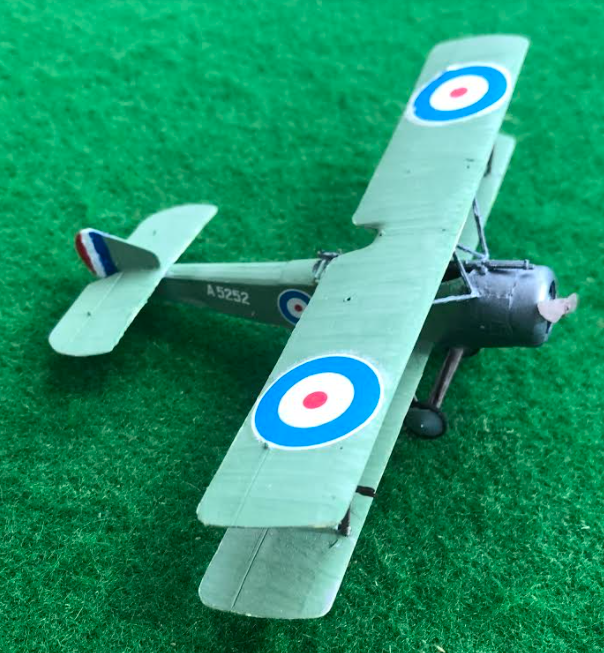
SOPWITH 1 ½ STRUTTER
Introduced: 1916
Number Built: 4,500
Length: 7.70m
Wingspan: 10.21m
Engine: Clerget 9B rotary engine, 130 hp
Top Speed: 161 Km/hr

